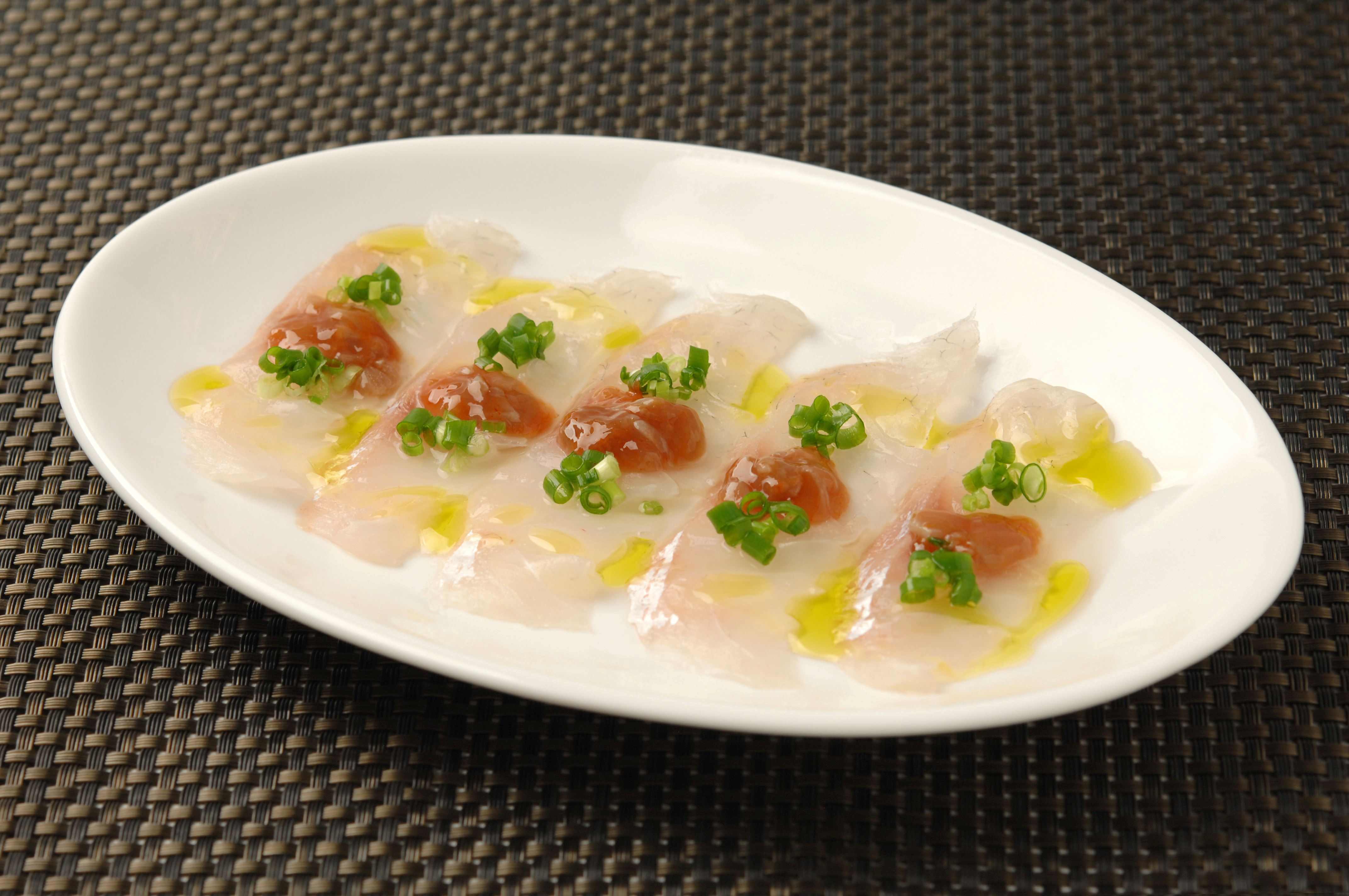Shutō (seafood) on:
[Wikipedia]
[Google]
[Amazon]







 is a specialty ''
is a specialty ''







 is a specialty ''
is a specialty ''shiokara
, is a food in Japanese cuisine made from various marine animals that consists of small pieces of meat in a brown viscous paste of the animal's heavily salted, fermented viscera.
The raw viscera are mixed with about 10% salt, 30% malted rice ...
'' of Odawara
is a Cities of Japan, city in Kanagawa Prefecture, Japan. , the city had an estimated population of 188,482 and a population density of 1,700 persons per km2. The total area of the city is .
Geography
Odawara lies in the Ashigara Plains, in ...
, Kanagawa Prefecture, in Japan
Japan is an island country in East Asia. Located in the Pacific Ocean off the northeast coast of the Asia, Asian mainland, it is bordered on the west by the Sea of Japan and extends from the Sea of Okhotsk in the north to the East China Sea ...
.New York Magazine -Vol. 22, No. 37 - Magazine 18 Sep 1989 - Page 62 "Fiercely fragrant shuto — bonito liver pickled in sake."
Ingredients
Shuto is made by salting rare parts ofbonito
Bonitos are a tribe of medium-sized, ray-finned, predatory fish in the family Scombridae, which it shares with the mackerel, tuna, and Spanish mackerel tribes, and also the butterfly kingfish. Also called the tribe Sardini, it consists of ...
(''katsuo''), fermenting it for more than six months, then chopping it up and sometimes adding a mixture of ''sake
Sake, , or saki, also referred to as Japanese rice wine, is an alcoholic beverage of Japanese origin made by fermenting rice that has been polished to remove the bran. Despite the name ''Japanese rice wine'', sake, and indeed any East Asi ...
'' and ''mirin
is a type of rice wine and a common ingredient in Japanese cuisine, Japanese cooking. It is similar to sake but with a lower alcohol (drug), alcohol content and higher sugar content. The sugar content is a complex carbohydrate that forms natur ...
''. There is also a tuna
A tuna (: tunas or tuna) is a saltwater fish that belongs to the tribe Thunnini, a subgrouping of the Scombridae ( mackerel) family. The Thunnini comprise 15 species across five genera, the sizes of which vary greatly, ranging from the bul ...
(''maguro'') type that has a milder character.
Etymology
The Chinese characters of the dish (酒盗) means "sake thief" and is derived from the belief that it is a good side dish for ''sake''. Legend has it when eating Shuto (酒盗), your chopsticks will move so fast that you will want to ‘steal’ (盗) ‘sake’ (酒).History
There are records that it has been eaten in Japan for about 300 years. It may also be made with various other fish such as salmon, sea bream, and saury. It is sometimes known as ‘Japanese anchovies’, which does not refer to the ingredients or manufacturing process, rather the way in which it is used.Variations
There are variations of shuto, such as hot pepper, green onions and others. The combination of ''shutō'' and Japanese ''sake'' creates a wonderful culinary match.Pairings
Although this dish is quite salty, the sake adds a depth to the flavour that may take several samplings to fully appreciate. As a result of the saltiness, a favoured method for savouring this dish is to take a small bite and then follow it with either a drink of alcohol or some rice.In culture
April 10th is Shuto Day! Shuto has been popular in Japan for a long time. ‘Shuto Day’ was established in the hope that this traditional taste will be handed down to the present day. (Recognised by the Japan Anniversary Association). There are a few ways of reading characters in Japanese. In this case, the month April can be read as (Shu) and the date 10 as (to). If you combine the two, it becomes Shuto!References
{{reflist Japanese seafood